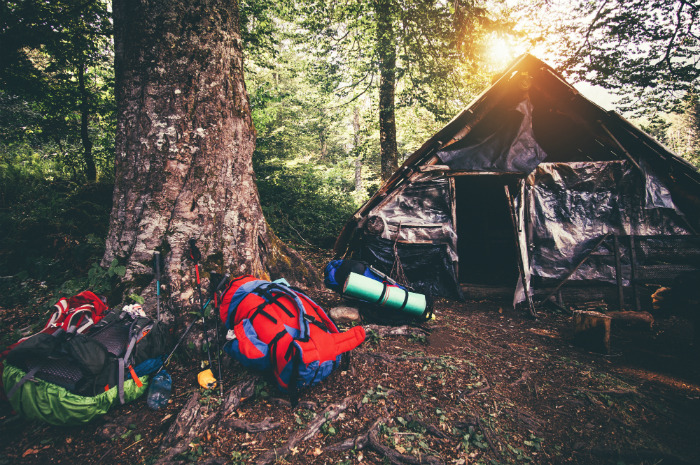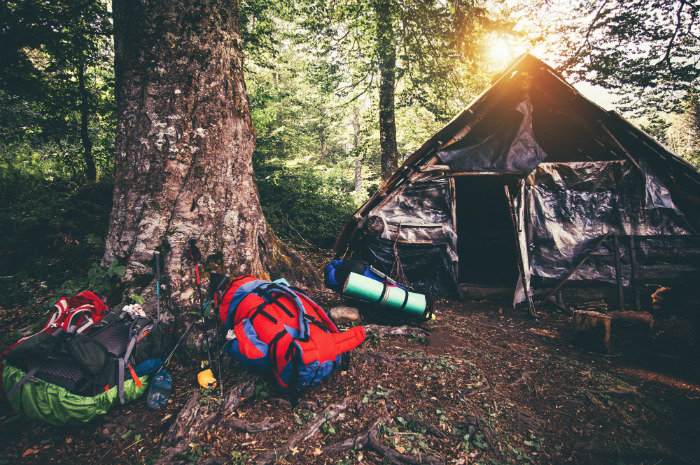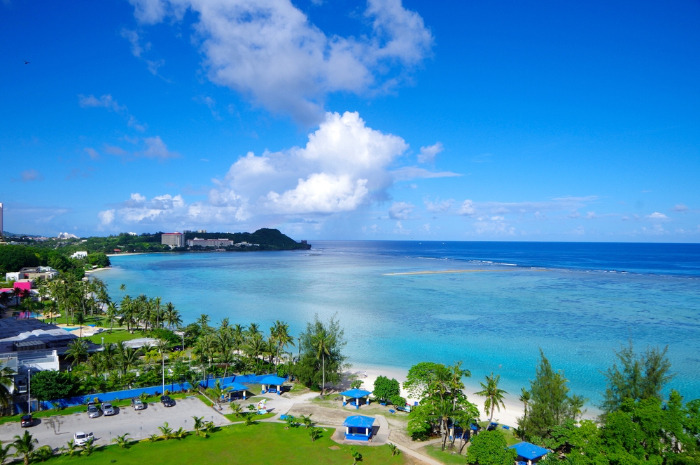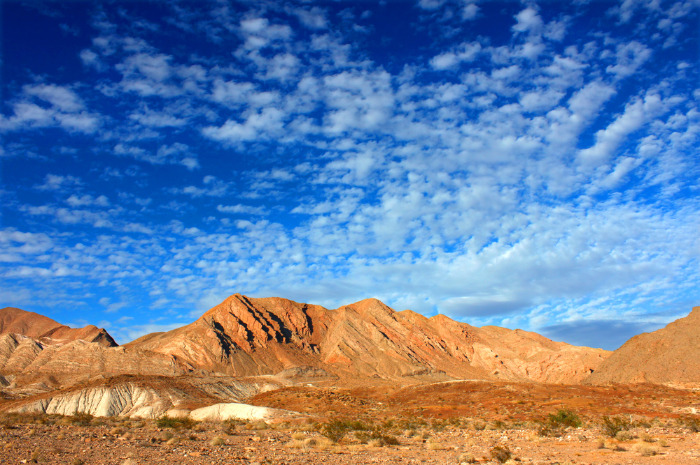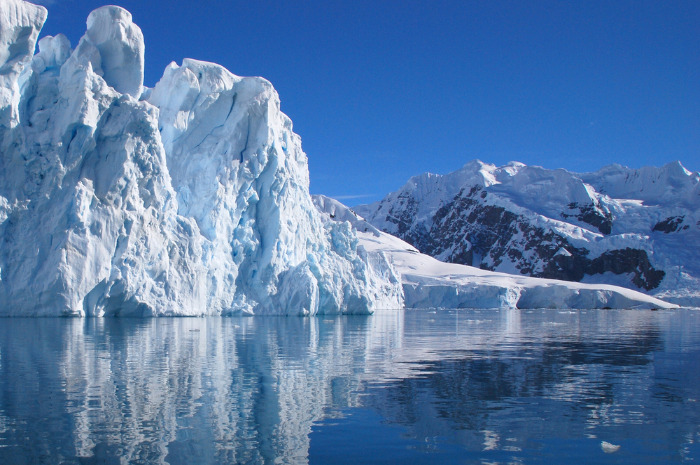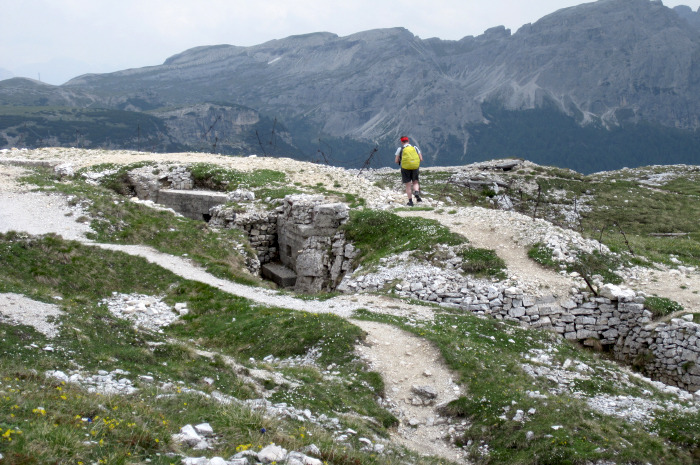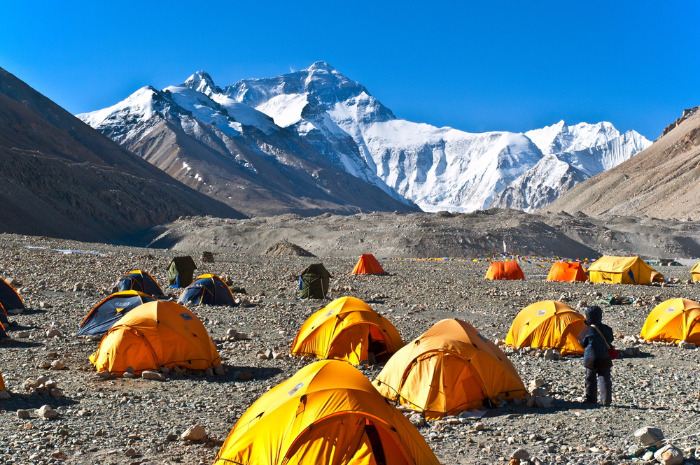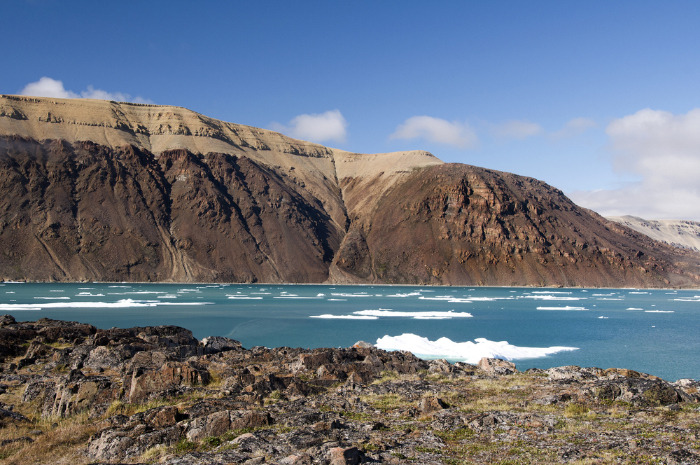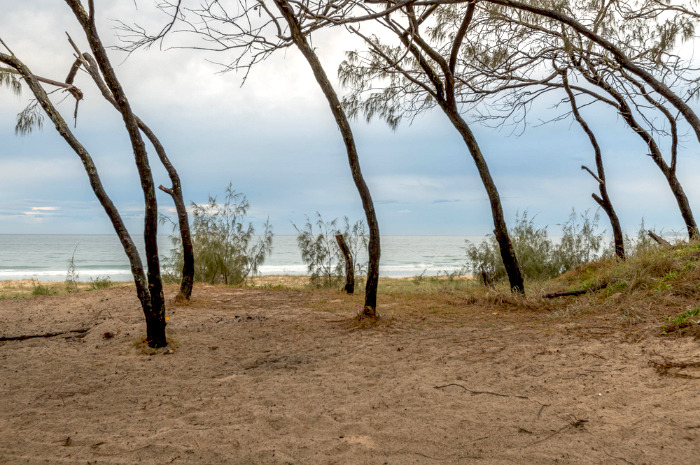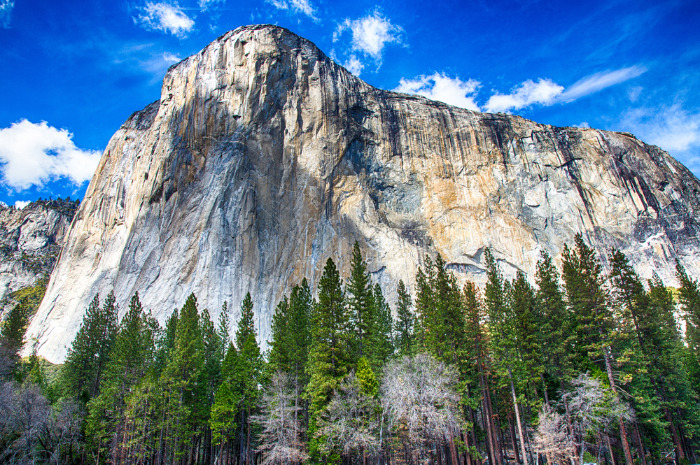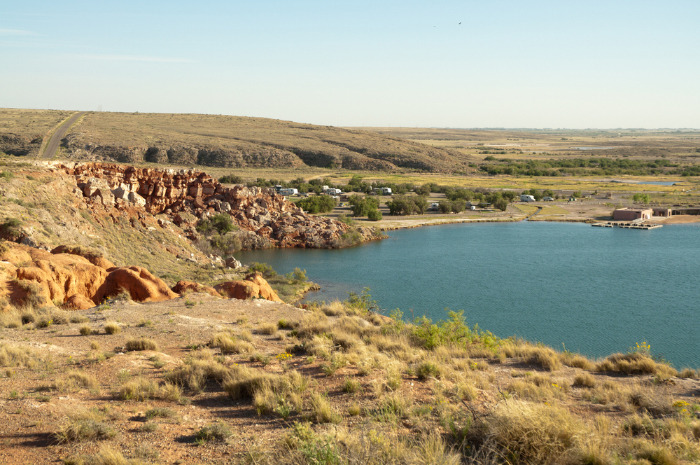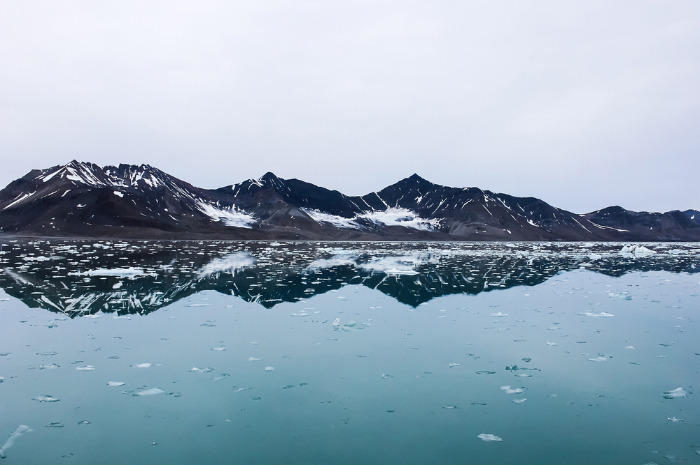Most Dangerous Camping
Most Dangerous Camping
There are many amazing places all over the world where you can camp with the comfort of knowing you're safe, but adventurous people are always looking for more daring ways to add a thrill to their trip while sleeping outdoors.
Tree camping, Bavaria, Germany
This kind of camping takes treehouses to a whole new level. The extreme campsite in Pfronten was set up by Waldseilgarten, an adventure mountain resort. You are in a hammock-like tent that is suspended from a tree. You can only get in and out of the tent by climbing a rope. But don't worry: all guests who stay in the treetents get a complimentary rope climbing course prior to spending the night. It makes sense. After all, the cost of camping in the canopy isn't cheap: $336 /person.
Underwater, Guam
Underwater camping is not practical by any means—unless you don't mind sleeping among sharks and not having oxygen—but Chris Fietzer and Brian Wurster have proven it is not impossible. They set up their tent, fire pit (they weren't able to start a fire though), hammock and lounge chairs at the bottom of the sea in Guam. They used scuba diving equipment and a lot of rocks to hold down the tent and everything else. The hammock was attached to buoys. Although what the guys did was pretty incredible, it would have been more impressive if they'd spent the night at their site.
Lake Mead National Recreation Area, Nevada and Arizona
Lake Mead, a manmade reservoir, is popular for unlimited and unrestricted watersports. But, with that comes a lot of danger. In 1998, a person died there once a week on average. Most of them perished from a lethal combination of what park rangers call "recklessness and cluelessness." The various causes of death are drownings, boating accidents, and drug overdoses. In 2003, Lake Mead National Recreation Area ranked fourth on the list of the 10 most dangerous national parks, according to a survey by a park ranger group.
On Ice, Antarctica
Antarctica is the coldest, driest, highest and windiest continent in the world. Camping anywhere there presents a lot of dangers. Campers set up enough below the ground to provide shelter from the wind overnight and usually sleep in sleeping bags and bivy sacs, which provide more warmth than tents, zipped up above their heads, according to Planet D adventurers. No one is allowed to bring food or drinks on land, and they can't go to the toilet while camping either. One advantage of camping in Antarctica? You don't have to worry about polar bears.
High Altitude Hammocks, Monte Piana, Italian Alps
Do you want to literally hang out in the mountains? Every year extreme athletes and skilled high wire walkers head to Monte Piana, located in the Italian Alps, to do just that because of its accessible location. They spend about a week there at the International Highline Meeting Festival capturing the stunning views. Attending the festival requires paying a $80 admission fee, but it's well worth it. Photos of hammocks suspended in the air with the Dolomites in the background are pretty much Instagram gold.
Mount Everest Base Camp, Nepal
High-altitude camping is not for everyone. The Mount Everest South Base Camp in Nepal is at about 17,600 feet. For comparison, the Mount Everest base camp medical clinic defines high altitude as elevations between 5,000 and 11,500 feet. Altitude sickness is a real concern. Side effects include hyperventilation, shortness of breath and changed breathing pattern at night. You can feel dizzy, nauseous and may have trouble sleeping. Add to that the fear of earthquakes—19 people were killed at this camp in 2015 after an earthquake triggered an avalanche—and you'll be lucky if you even get a wink of shuteye.
A 4,000ft cliff, Baffin Island, Canada
The Great Sail Peak on Canada's Baffin Island may be the most dangerous campsite in the world. The Daily Mail wrote about a few "daredevil explorers," scaling cliffs and pitching tents at the height of more than 300 double decker buses. Some climbs can last weeks and the people attempting to conquer them need to rest. Setting up a tent in the air seems like a logical move. Just remember to set your sent up below a ledge. The climbers at Great Sail Peak reported rocks the size of small cars crashing down. They were caused by snow melting above.
Axe Murderers, Cline Falls State Park, Oregon
In 1977, two college students were tent camping at this Oregon state park when a man tried murdering them. He drove over them in his truck before taking an axe out to finish the job. You can read about this true horror story in Strange Piece of Paradise, written by one of the girls. Both survived, but their attacker has never been prosecuted and he remains at large. Granted, it's been several decades so he could be dead by now. But still, who wants to camp in a place with this kind of history?
Sleeping on a Sinkhole, Inskip Point, Queensland Australia
Just two years ago, in September 2015, more than 140 campers were evacuated from a popular campground near Rainbow Beach. According to The Telegraph, the sinkhole that caused the evacuation was 450-feet-long and 30 feet deep. The same campground had a sinkhole appear in 2011 and it is notorious for its sediment layers that tend to be unstable. Despite swallowing vehicles and several tents, the sinkhole did not claim any campers. Still, it would be smart to think twice before pitching your tent at a place known for swallowing things.
Cliff Camping, El Capitan, Yosemite National Park
Often, getting a good night's rest on solid ground is difficult. So it's hard to imagine sleeping peacefully while perched 3,000 ft. in the air. But that's what climbers at Yosemite National Park's popular El Capitan do when their attempts to summit can take days, even weeks. They sleep in their harnesses so there is some sense of security, but still, night-time conditions in nature, especially high winds and lightning, can be perilous, at best.
Bottomless Lakes State Park, New Mexico
If you have any inkling of fear regarding being abducted by aliens, you probably shouldn't go near this campground just outside Roswell. This infamous town in New Mexico is home to the Roswell UFO Museum where alien hunters come to learn about the UFO that was discovered in Roswell in the 1940s. Since then, numerous alien sightings have been reported. Even if you're not worried about non-earthlings, the fact that Bottomless Lakes is named for the sinkholes that created these uber deep lakes may be enough to make you steer clear of camping here.
Svalbard, Norway
It's so dangerous to camp on this northern archipelago in Norway that authorities require proof of taking necessary precautions. For example, it's a good idea to have a serious gun in your gear. In 2011, Svalbard was the site of a fatal polar bear attack on a young tent camper. His camping crew—four of whom were also rushed to the hospital—had some necessary precautions. For example, tripwires set to detonate if the bear approached. Still, they weren't enough to keep the starving bear at bay. If you're going to camp in polar bear territory it's recommended that you have someone stay up at night on bear watch and also have guard dogs to alert you should a bear approach.
